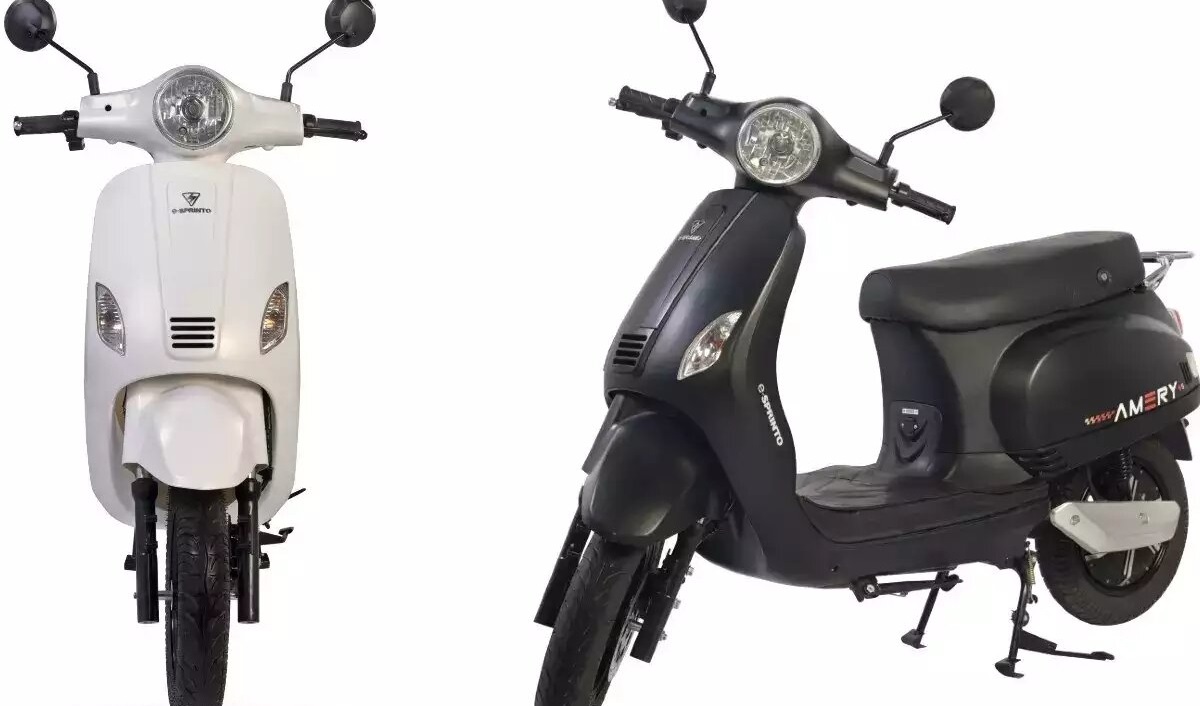
Unveiling the dynamic evolution within India’s electric two-wheeler domain, this analysis encapsulates the meteoric rise of startups, surging to over 150 from a mere 54 in 2021. Fueled by government incentives and a resolute push towards clean mobility solutions, the sector anticipates a monumental growth trajectory, projecting annual sales to reach 15-20 million units over the next decade. Delving into the competitive terrain, the report delineates the industry’s transition towards mainstream appeal, underscored by heightened technological innovation and strategic realignments. However, amid the proliferation of startups and intensified competition, the landscape remains imbued with both promise and challenges, necessitating a nuanced approach towards sustainable growth and innovation.
The electric vehicle revolution in India has reached a pivotal juncture, marked by the meteoric rise of startups within the electric two-wheeler segment. With the government’s unwavering commitment to fostering clean transportation alternatives and reducing reliance on fossil fuels, the sector has witnessed an unprecedented surge, eclipsing previous records. In the wake of ambitious targets aimed at achieving substantial EV penetration by 2030, the landscape has become a fertile ground for innovation, investment, and strategic maneuvering. This analysis seeks to unravel the multifaceted dynamics underpinning this transformative journey, delving into the drivers, challenges, and prospects of India’s electric two-wheeler startup revolution.
The Rising Tide: Over 150 Startups Embrace the EV Momentum
In a sweeping evolution of India’s electric two-wheeler market, the number of startups has catapulted to over 150, a remarkable surge from the mere 54 recorded in 2021. This robust growth is propelled by the government’s resolute incentives aimed at fostering clean transportation alternatives and diminishing oil imports. According to a recent analysis, this surge signals a profound shift, underpinned by the burgeoning drive towards electric vehicles (EVs) and a concerted effort to slash carbon emissions.
The Growth Trajectory: Projections and Proclamations
Bernstein, in a comprehensive report unveiled late Tuesday, forecasts an exponential expansion within this segment, anticipating a staggering 15-20 fold increase in annual sales, culminating in a range of 15-20 million units over the forthcoming decade. A pivotal factor propelling this growth trajectory is the marked transition observed in product offerings. The report highlights a paradigmatic shift wherein 85% of the 65 models launched in the preceding year veered towards mainstream appeal. These models are characterized by their high-speed capabilities, departing from the erstwhile norm of speed and range-constrained variants. Notably, the average battery capacity for these new launches has seen a notable uptick, surging from 2.3kWhr in 2022 to 3kWhr, underscoring the relentless pursuit of technological advancement within the sector.
Government Initiatives: Fostering the EV Ecosystem
Aligned with its ambitious vision, India aspires to attain a formidable 30% penetration of electric vehicles by the year 2030, further cementing its commitment to achieving net-zero carbon emissions by 2070. Central to this endeavor is the proactive measures introduced under the FAME II scheme, which extends lucrative subsidies to buyers and has recently been extended until 2024. Despite a slight reduction in FAME II subsidies witnessed in mid-2023, the landscape has witnessed a notable proliferation in electric two-wheeler companies, surging from 124 in June 2023 to a formidable 152 by January 2024. A substantial portion of this upsurge can be attributed to a surge in “importers” sourcing components or entire vehicles from overseas markets, notably China. This trend underscores the accessibility and relatively low barriers to entry prevalent within the sector.
The Industry Landscape: Dissecting Competition and Consolidation
The current market scenario portrays a landscape where startups wield significant influence, with seven out of the top 10 spots currently dominated by these dynamic entities. Noteworthy among these is the market leader, Ola Electric, poised to venture into the public domain imminently, commanding an impressive 39% market share as of January 2024. However, while startups assert their prominence, a striking 85% of sales volumes remain concentrated among the top five players, signaling a degree of consolidation within the industry.
Unveiling Entry Barriers: Engineering Expertise and Beyond
Intriguingly, Bernstein’s analysis sheds light on the relatively low barriers to entry prevailing within the electric two-wheeler domain. Notably, electric two-wheelers are often constructed utilizing outsourced models and readily available components, obviating the need for extensive infrastructure or specialized expertise. Remarkably, only about half of the 35 founders analyzed harbored engineering backgrounds, indicative of the diverse talent pool driving innovation within the sector.
Towards Indigenous Manufacturing: The Government’s Strategic Shift
In a strategic maneuver, the government is now pivoting towards production-linked incentives (PLI), staunchly favoring domestic manufacturing endeavors. While established automotive behemoths have been the beneficiaries of these incentives, only a select few startups have met the stringent criteria, potentially endowing major incumbents with a formidable cost advantage. This strategic realignment underscores the government’s concerted efforts to foster indigenous manufacturing capabilities and galvanize the electric vehicle ecosystem.
Prospects and Pragmatism: Navigating the Competitive Terrain
Looking ahead, Bernstein’s report underscores the potential for at least five startups to emerge as significant players alongside established incumbents. However, it aptly cautions that the landscape remains fraught with intense competition, which could potentially stifle industry profit margins and returns in the medium term. Despite the meteoric rise witnessed within the electric two-wheeler segment, navigating the intricate web of competition and regulatory dynamics necessitates a judicious blend of innovation, strategic foresight, and adaptability.
As India’s electric two-wheeler ecosystem continues to undergo seismic transformations, the path forward is characterized by both immense promise and formidable challenges. The proliferation of startups, buoyed by government incentives and shifting consumer preferences, underscores the sector’s resilience and potential for exponential growth. However, amidst the intensifying competition and regulatory dynamics, strategic foresight and innovation will be paramount in navigating the complex terrain ahead. With concerted efforts towards indigenous manufacturing, technological innovation, and sustainable business practices, India stands poised to emerge as a global leader in the electric mobility revolution, ushering in a new era of clean, efficient, and accessible transportation solutions for all.

